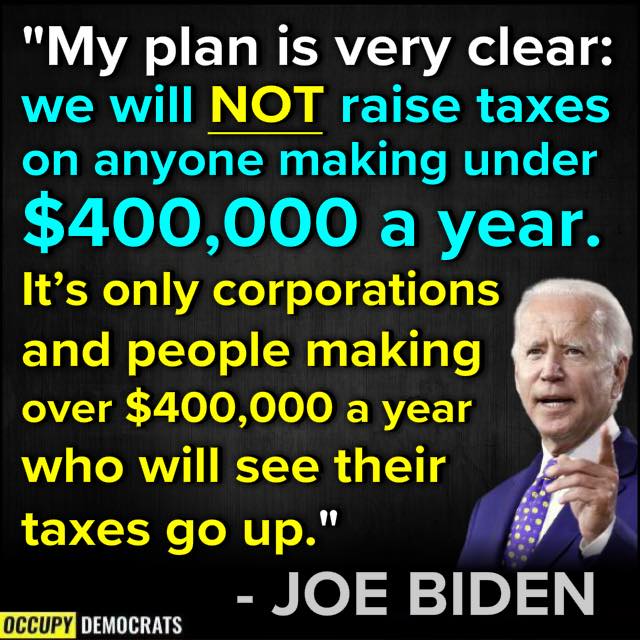Even Trump voters like the idea of a modest extra tax on multimillionaires.
As lawmakers scramble to finalize a historic jobs and infrastructure package, huge fights are underway to figure out how to fund it.
The
simplest, most effective, and most popular way is to tax the extremely wealthy,
like the billionaires who’ve seen their collective wealth grow by $1.8 trillion
during the pandemic. Unfortunately, lawmakers have missed several opportunities
to do this.
For
example, the House Ways and Means Committee has failed to take obvious steps like taxing income
from stocks at the same rate as income from work, or closing the loopholes
billionaires use to avoid the federal estate tax.
On
the other hand, the Committee has also suggested some powerful
inequality-fighting reforms that should be in the final legislation. One of
these promising proposals is a “Millionaires Surtax.”
The
idea is simple: Any income that multimillionaires earn over a certain amount
would face a modest additional tax.
The
Millionaires Surtax was originally introduced in 2019 and reintroduced in 2021
by Maryland Senator Chris Van Hollen and Virginia Representative Don Beyer.
That bill would institute a 10 percent surtax on the incomes of couples making
$2 million or more (the top 0.2 percent). The Tax Policy Center estimated this
would raise $635 billion over 10 years.
The
Americans for Tax Fairness coalition has coordinated a national campaign that
has now put the concept at the center of the federal budget negotiations.
The
recently released House Ways and Means plan differs slightly
from that original proposal. It would impose a 3 percent surtax on the incomes
of ultra-wealthy households making $5 million or more per year, raising an
estimated $127 billion over 10 years. It also applies to incomes from
investments, including trusts.
That’s
a smaller haul to be sure, but worth building on.
Of course, the Holy Grail of tax reform would be a total elimination of the preferential treatment of capital gains, taxing income from wealth at the same rates as income from wages. Short of that, a surtax on the incomes of ultra-millionaires is an important foot in the door toward equalizing the treatment of capital and wage income.
The
Millionaires Surtax is easy to understand, simple to apply, and effective —
because it covers all kinds of income, making it difficult for the wealthy to
avoid. It’s laser-focused on the super-rich. If you’re not a multi-millionaire,
you won’t pay one extra dime.
The
surtax is overwhelmingly popular.
According
to a poll
by Hart Research Associates, 73 percent of voters support the idea,
including 76 percent of independents and moderates. Even a majority of Trump
voters (57 percent) and Republicans (53 percent) favor the policy. The
Millionaires Surtax legislation has been endorsed by a diverse range of 72 national organizations.
In
the coming weeks, Congress will debate the size of the Build Back Better plan
and how to pay for it. The Millionaires Surtax should remain part of that mix
and could even be expanded by raising the rate from 3 percent to 10 percent —
and lowering the income threshold to $2 million.
While
the Millionaires Surtax does not address the colossal inequalities of wealth,
it focuses on taxing income that largely flows from wealth. See more about the
Millionaires Surtax at the campaign website created by the Americans for Tax
Fairness: www.surtax.org.
Chuck Collins directs the Program on
Inequality at the Institute for Policy Studies. This op-ed was adapted from
Inequality.org and distributed by OtherWords.org.
